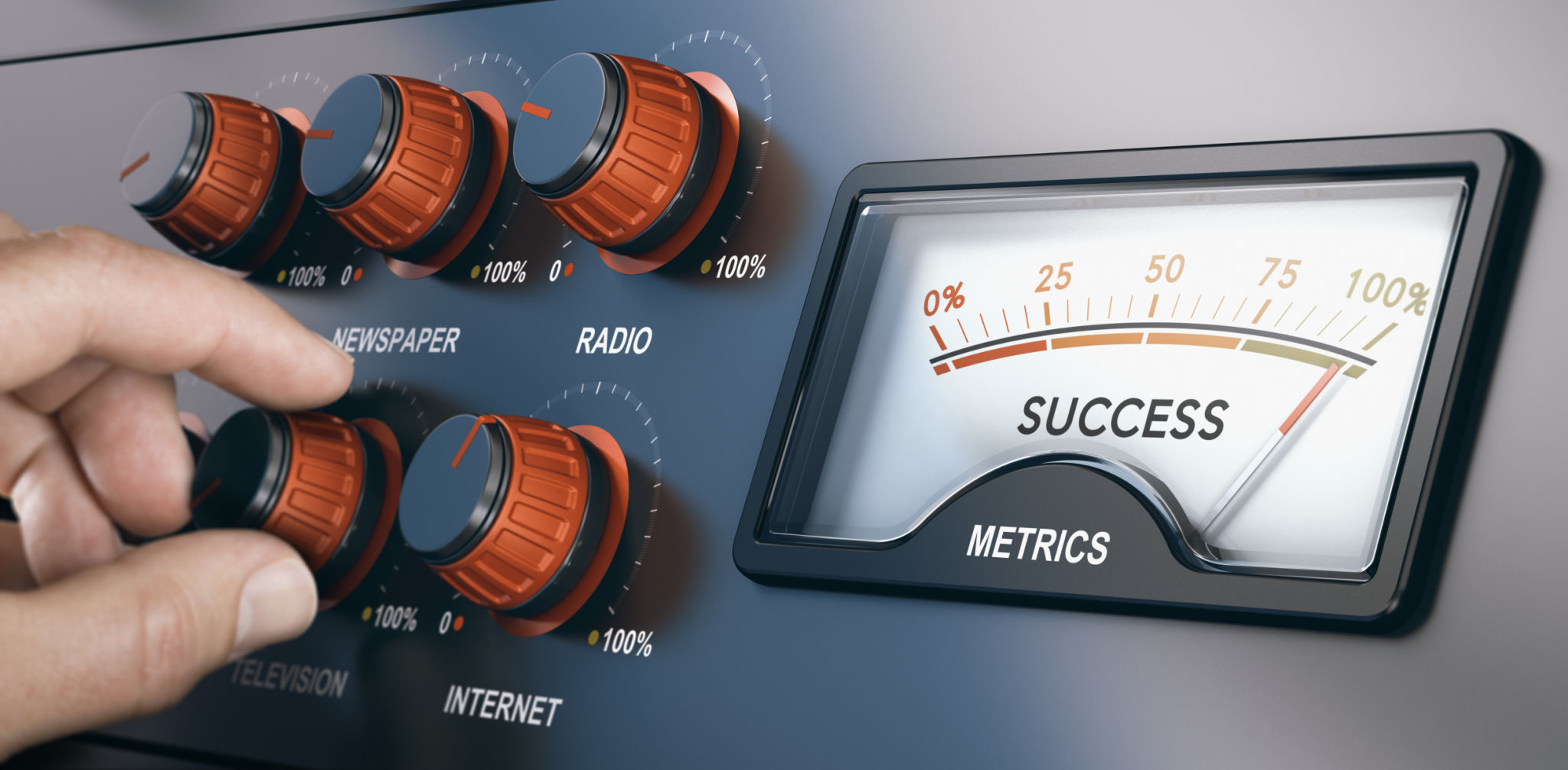Comparing Traditional vs. Digital Marketing: Which is Right for Your Business?
Understanding Traditional Marketing
Traditional marketing refers to the conventional methods of advertising and promotion that have been used for decades. These methods include print media such as newspapers and magazines, broadcast media like television and radio, direct mail, and outdoor advertising such as billboards and posters. Traditional marketing is well-established and has a proven track record of success.
The primary advantage of traditional marketing is its ability to reach a broad audience. Television and radio ads can be broadcasted to millions of viewers and listeners, while print ads can be distributed widely in publications with large circulations. This type of marketing is tangible and often considered more credible by some consumers.

The Rise of Digital Marketing
In contrast, digital marketing leverages the power of the internet and electronic devices to reach consumers. This includes strategies such as social media marketing, search engine optimization (SEO), email marketing, content marketing, and pay-per-click (PPC) advertising. Digital marketing is becoming increasingly popular due to the growing use of the internet and mobile devices.
A significant benefit of digital marketing is its ability to target specific demographics with precision. Businesses can tailor their messages to suit the interests and behaviors of their target audience, ensuring more effective communication. Additionally, digital marketing campaigns are often more cost-effective compared to traditional methods.

Comparing Reach and Engagement
When it comes to reach, traditional marketing methods can cover a vast audience quickly. However, digital marketing allows for more interactive engagement. Social media platforms, for instance, enable two-way communication between brands and consumers, fostering a sense of community and loyalty.
Moreover, digital marketing provides measurable results. Businesses can track metrics such as website traffic, conversion rates, and customer engagement in real-time. This data-driven approach allows for continuous optimization of campaigns to achieve better outcomes.

Cost Considerations
Cost is often a critical factor in deciding between traditional and digital marketing. Traditional marketing methods can be expensive, particularly for small businesses with limited budgets. Television and radio spots, as well as print ads in major publications, can require significant financial investment.
On the other hand, digital marketing offers a more budget-friendly alternative. With options like social media ads and email campaigns, businesses can reach large audiences without breaking the bank. Furthermore, the ability to set daily budgets and adjust spending in real-time provides greater control over marketing expenses.
Determining the Right Fit for Your Business
The choice between traditional and digital marketing ultimately depends on your business goals, target audience, and budget. A mix of both strategies might be the best approach for some businesses, allowing them to leverage the strengths of each method.
For example, if your target audience consists of older demographics who are less likely to use digital platforms, traditional marketing might be more effective. Conversely, if your brand targets younger or tech-savvy consumers, digital marketing could yield better results.

Conclusion
Both traditional and digital marketing have their unique advantages and disadvantages. By understanding the differences between these two approaches, businesses can make informed decisions that align with their objectives and resources.
Ultimately, the key to successful marketing lies in knowing your audience and selecting the strategies that will best communicate your message to them. Whether through traditional means or digital innovation, reaching your audience effectively is what matters most.
